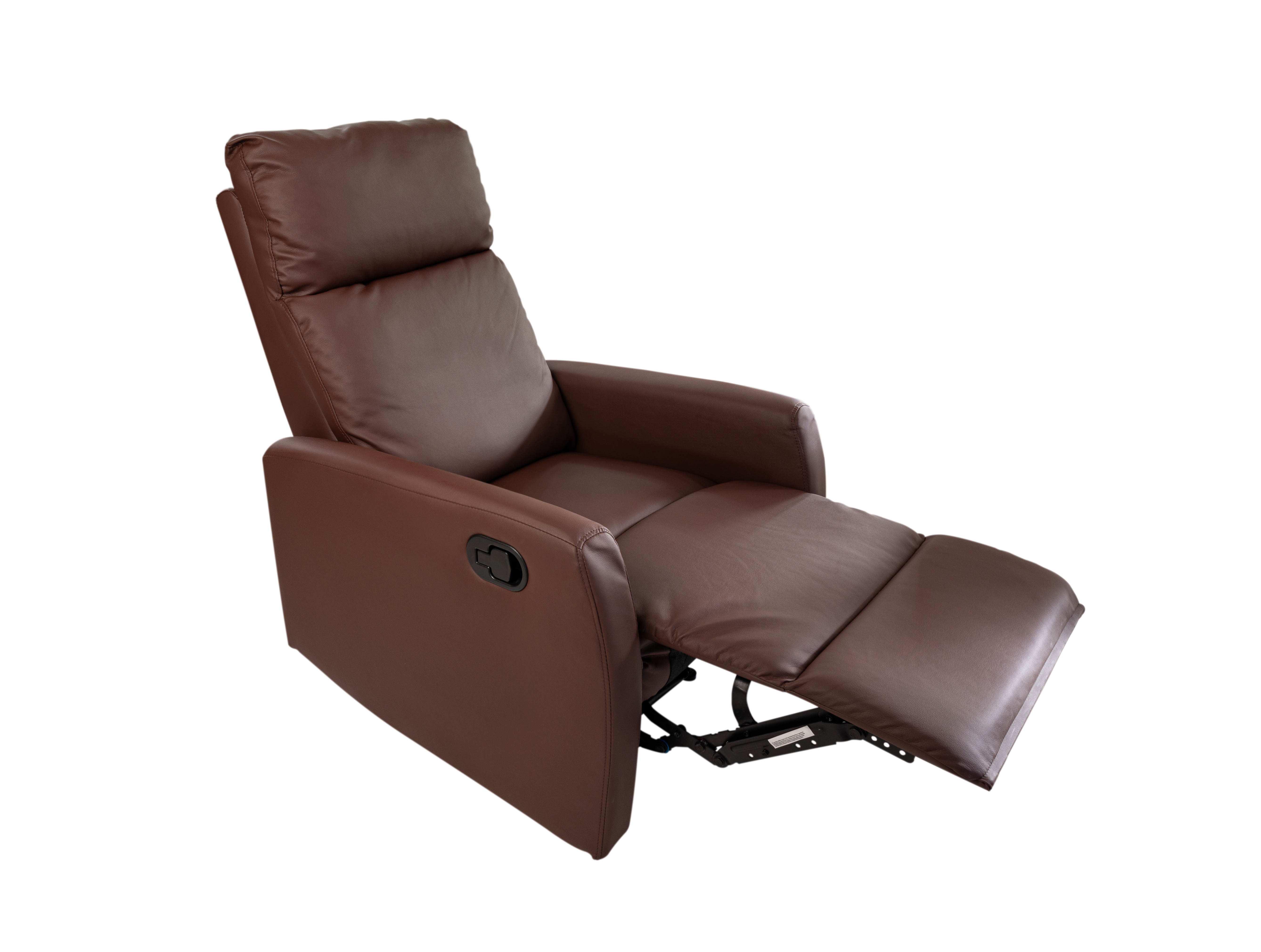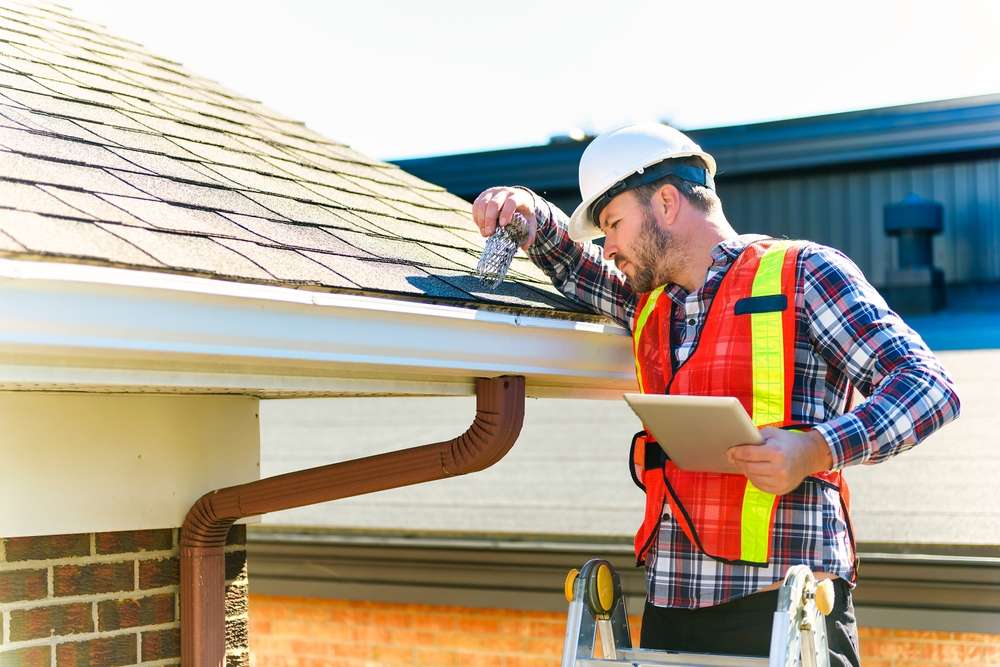Pet Toys: Choosing Safe and Engaging Playthings for Pets
Pet toys play a vital role in physical exercise, mental stimulation, and promoting positive behaviour for cats, dogs, and small mammals. Choosing the right toy depends on your pet’s species, age, chewing strength, and play style. This guide explains types of toys, safety considerations, cleaning tips, and offers a comparison of commonly available products to help owners make informed choices.

Why toys matter for pets
Toys provide more than entertainment: they encourage exercise, reduce boredom, and can prevent destructive behaviours. For dogs, toys offer opportunities to practise retrieval, chewing and problem-solving; for cats, toys stimulate hunting instincts and coordination. Small mammals like rabbits and guinea pigs benefit from chew toys that wear down incisors. Regular play also strengthens the human–pet bond and supports general wellbeing.
How to choose safe pet toys
Safety should be the primary criterion. Match a toy’s size and durability to your pet: avoid small parts for large dogs that can be swallowed, and skip fragile plastic toys for heavy chewers. Look for non-toxic materials and clear construction (no loose stitching or exposed wires). For pets with behavior or medical conditions, consult a veterinarian or a qualified trainer about appropriate options. Supervised play is wise, especially with new toys.
Materials and durability considerations
Common materials include rubber, nylon, plush fabric, rope, and natural fibers. Rubber toys can be durable and are often suitable for chew-focused dogs; look for food-grade or BPA-free labels when available. Plush toys suit gentle chewers and cats but should be monitored for tearing. Natural wood or compressed hay is a good option for small herbivores. Choose toys designed for your pet’s chewing strength, and replace anything showing significant wear to avoid choking risks.
Interactive and enrichment toys
Interactive toys increase mental stimulation and can slow fast eaters. Puzzle feeders and treat-dispensing toys combine reward-based play with cognitive challenges. For cats, wand toys and laser pointers mimic prey movement; rotate toys to maintain novelty. Dogs often enjoy scent-based games and hide-and-seek challenges. Enrichment can also include DIY options such as cardboard boxes, paper bags, or scent trails created with safe treats.
Cleaning and maintenance
Regular cleaning reduces bacteria buildup and extends toy life. For rubber and plastic toys, wash with warm soapy water and rinse thoroughly; many can be placed on the top rack of a dishwasher. Plush toys are often machine-washable but inspect for loose parts before laundering. Natural-fiber and wooden toys may require spot cleaning or replacement if soiled. Establish a routine inspection schedule—weekly for active chewers—and discard any toys with cracks, holes, or detached components.
| Product/Service Name | Provider | Key Features | Cost Estimation |
|---|---|---|---|
| Kong Classic (dog) | Kong Company | Durable natural rubber; fills with treats; various sizes | £8–£18 |
| Nina Ottosson Puzzle Toy | Outward Hound | Interactive treat puzzle; different difficulty levels | £10–£25 |
| Yeowww! Catnip Banana (cat) | Yeowww! Toys | Heavy-duty cotton; high-quality catnip; small plush | £6–£12 |
Prices, rates, or cost estimates mentioned in this article are based on the latest available information but may change over time. Independent research is advised before making financial decisions.
Conclusion
Selecting appropriate pet toys involves balancing safety, durability, and enrichment value for your pet’s specific needs. Regular inspection and cleaning prolong toy lifespan and protect health. Interactive options can improve mental engagement while simple, supervised play supports exercise and bonding. When in doubt about a toy’s suitability, consult a veterinarian or professional trainer for guidance.



